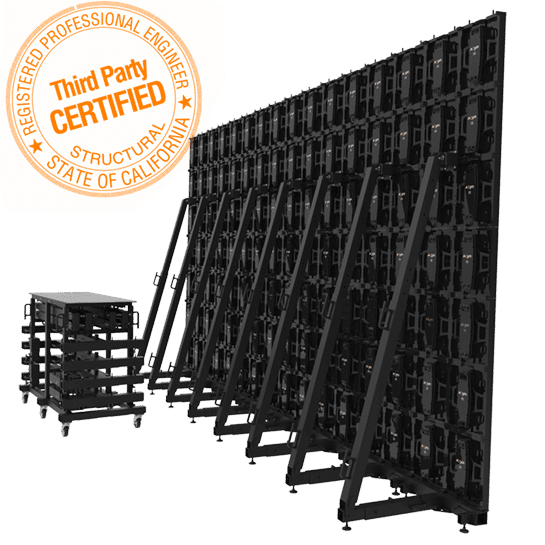Examining the Wide-ranging Connectivity Options Offered for LED Display Modules
Examining the Wide-ranging Connectivity Options Offered for LED Display Modules
Blog Article
LED display units have secured traction for their capacity to deliver high-quality imagery in multiple settings, from corporate environments to event venues. One of the most significant aspects of these systems is their connectivity capabilities, which allow users to connect them to multiple devices and systems. Comprehending the broad input options available for LED wall panels is vital for enhancing their use and effectiveness. This discussion details these features, showcasing how they can cater to various needs and preferences.
One common interface method for Light Emitting Diode wall panels is HDMI. HDMI is broadly known for transmitting crisp video and audio signals between components. This connection type is especially beneficial in commercial environments, such as meeting spaces or training rooms, where presentations or video content are often displayed. By using digital connectors, users can seamlessly connect laptops, projectors, and streaming devices to LED wall panels, guaranteeing a clear and vibrant presentation of information.
Another popular interface method is DisplayPort, which is comparable to High-Definition Multimedia Interface but offers additional advantages. Display Port can support elevated refresh rates and display outputs, making it an excellent choice for interactive media or design-heavy applications. For those using LED wall panels in settings where output quality is critical, such as esports arenas or creative workspaces, DisplayPort can provide the necessary visual clarity. Additionally, many modern computers and graphics cards include Display Port connections, making it a convenient option for technology-oriented professionals.
In contrast to HDMI and Display Port, cordless transmission options are becoming increasingly common in Light Emitting Diode wall panel solutions. Wireless see it here connections allow operators to share content without the requirement for physical cables, enabling a streamlined and more flexible setup. Platforms such as wireless internet and Bluetooth enable users to connect smartphones, tablets, and laptops seamlessly to Luminescent Diode wall panels without tangled wires. This versatility is especially beneficial in fast-paced settings like exhibitions or events, where quick changes to displays are often required.
For extensive installations or more intricate setups, network connectivity through wired networking is another reliable solution. Ethernet connections provide a stable and robust way to integrate multiple LED wall panels within a system. This approach is ideal for digital signage applications found in retail centers or transport hubs, where multiple panels may need to present synchronized content across a wide area. By using Recommended Site Ethernet cables and network switches, operators can guarantee that all connected panels receive consistent updates and information seamlessly.
Finally, it's crucial to evaluate the evolution of connectivity with advancements such as Universal Serial Bus-C and Thunderbolt Three. These newer connection types offer increased data transfer speeds and versatility by allowing one cable to handle both energy transfer and data transmission. As more systems adopt these protocols, Light Emitting Diode wall panels equipped with Type-C ports will likely become more prevalent. This shift in integration not only improves the capabilities of Luminescent Diode wall panels but also aligns with the growing trend of minimalistic design in hardware arrangements by minimizing the number of wires needed.
In conclusion, exploring the diverse connectivity options available for Light Emitting Diode wall panels reveals many possibilities for users across various fields. From traditional methods like HDMI and DisplayPort to contemporary cordless solutions and network connections, each pathway serves specific functions suited to distinct needs. Furthermore, next-gen technologies like Universal Serial Bus-C offer further developments in how professionals utilize LED wall panels. By grasping these integration alternatives, end-users can make strategic selections that enhance their overall engagement with these versatile display tools.